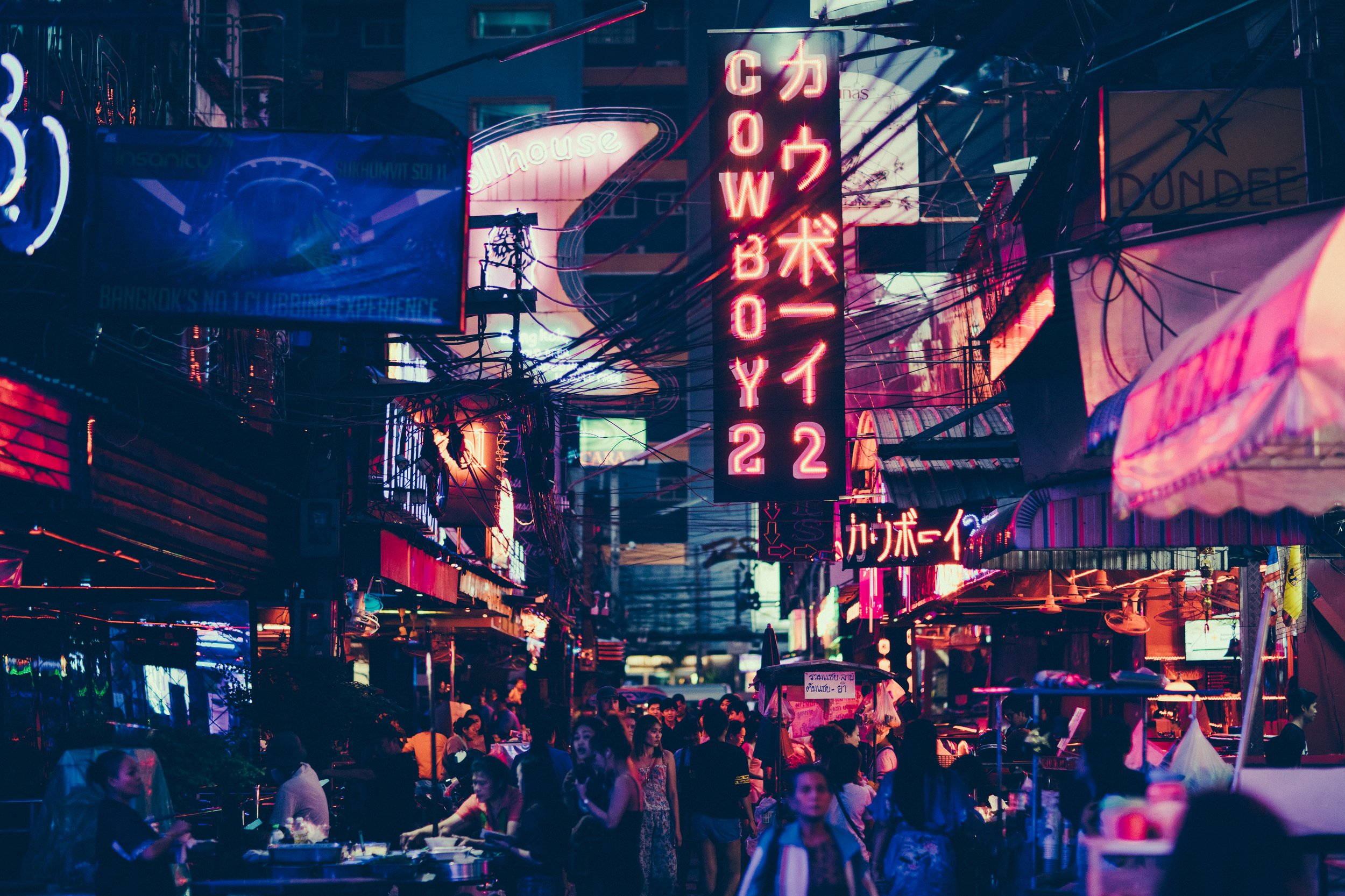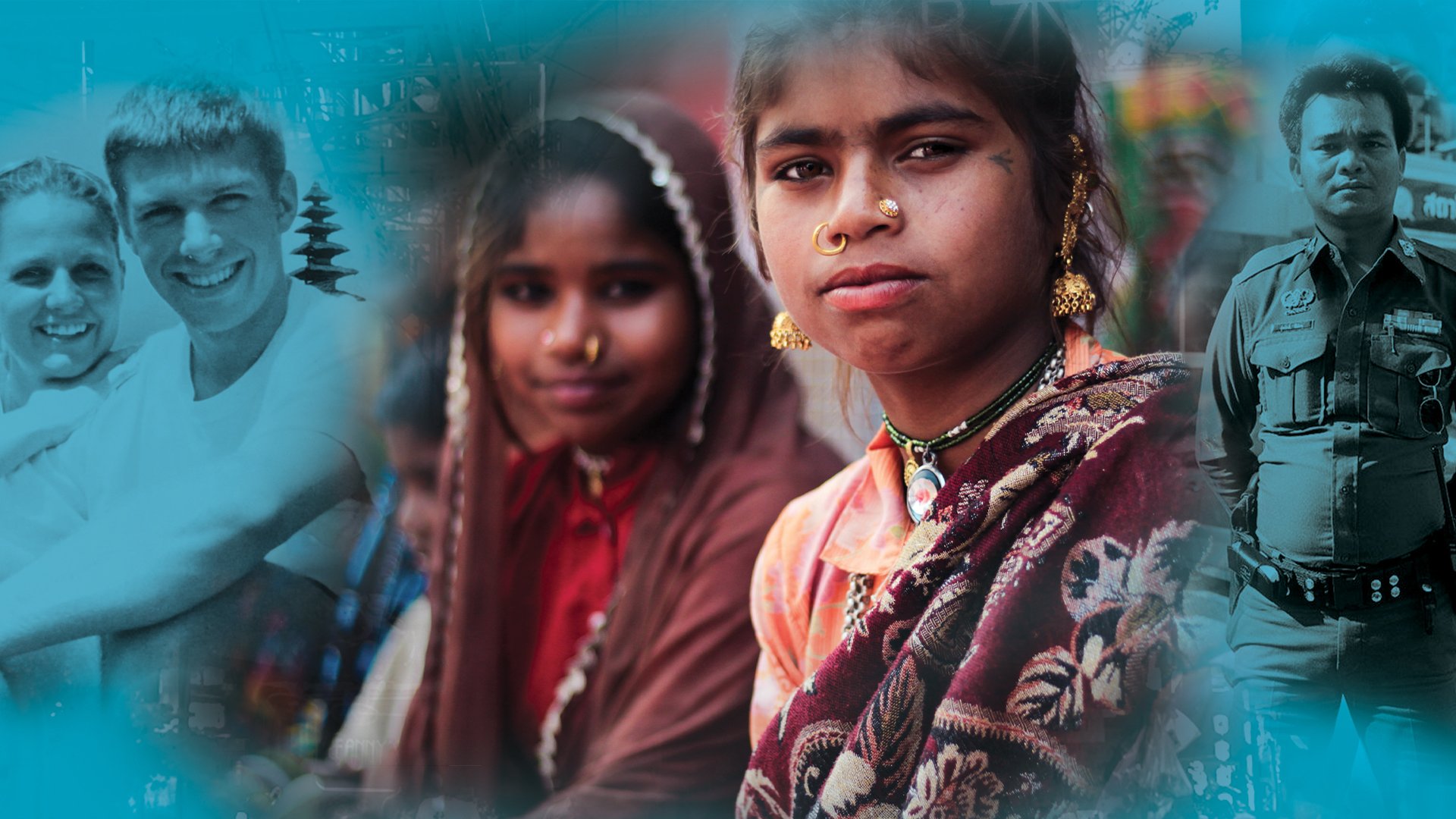Exodus Road: A way out for sex trafficking victims
Photo: The Exodus Road
By Cat Evans
Photos courtesy of The Exodus Road
Human trafficking is an ongoing and widespread problem that the majority of society knows little about. There is no discrimination when it comes to the victims of trafficking as it impacts men, women, and children internationally.
Statistically, however, women and girls are disproportionately impacted. According to freetheslaves.net, “an estimated 71% of enslaved people are women and girls, while men and boys account for 29%.”
Trafficking is highly lucrative, with global profits sitting around roughly $150 billion a year — humanrights.org estimates $99 billion of trafficking profits come from commercial sexual exploitation. The majority of trafficking comes into the United States. It’s estimated that 50,000 people per year come from Mexico and the Philippines.
Laura Parker is the co-founder, president, and CEO of the Exodus Road, a donation-based organization that develops and engages people with programs to end human trafficking. She and her husband Matt Parker started the organization about 10years ago after a life-changing experience when Matt, a youth pastor, received an offer to run a children’s home in northern Thailand.
Once they were overseas, Matt began working at an all girls home. Trafficking wasn’t even on his radar until he heard about ‘Johns’ — people who recruited young girls and trafficked them. “It brought this overwhelming sense of responsibility to me,” he said. “I was running a children’s home with 48 girls in it; they were all from these villages.”
From there, Matt started to investigate different villages to find out if the rumors were true. Everywhere he went, trafficking was a known issue — and even worse, it was a normal issue. “It struck me that something was happening that was systemic,” he said.
He and his team met with law enforcement, who invited them to be their consultants and do research on human trafficking. They realized no one was looking for victims of trafficking. The civilians and nonprofits rely on the police, and the police are often corrupt and preoccupied. “This was a significant discovery for us,” Matt explained.
To get the police involved, there needed to be solid evidence, verifiable information. Matt sought out informants to do the job and find tangible evidence but fell short because of the significant dangers that going undercover imposed.
Growing more frustrated, he and a couple of his close friends took matters into their own hands. Matt was as serious about this cause as he was about his wife and children.
Knowing the work was dangerous and that he was risking his life doing more than just research, Matt asked Laura for her permission. Laura, who was hesitant, assumed Matt’s project would take a short time to complete, and then, that would be that. Even though she feared for her husband, she ultimately agreed and gave him her blessing.
What Matt and his team discovered, as they dug deep into the world of trafficking, was disturbing and shockingly casual. At one point, the team came upon a location where girls were lined up on a stage wearing numbers. In turn, the Johns chose whatever number girl suited them, paid a set amount of money, and got to take the girls upstairs to do whatever they wanted with them for an hour.
As Matt explained, “With human trafficking, people are turned into a commodity. Those girls were commodities; they were canned goods on a shelf, and you could pick whichever ones you wanted.”
Matt was able to speak to one of those girls, whose name was Belle. She recounted how someone came to her family offering Belle a job for massage work, and once she arrived, she was told she owed a debt and that there was no job; she had to dance. When Matt asked why she couldn’t leave, Belle explained that she didn’t know how to get home. This is atypical way victims of trafficking get trapped. The trafficker entices them with promises of greater opportunity. Then, the trafficker takes ownership of the victim in his possession, delivering on none of the promises he made.
Upon returning home, Matt was so moved by what he experienced that he talked to Laura about continuing with the undercover work. Thinking of her own children in a similar situation, Laura agreed. She tracked Matt’s every move, as he continued to go undercover, as he’d go in and out of brothels, studying fiercely, and secretly recording different spaces filled with underage girls for sale.
After eight months, Matt turned over plenty of sufficient intelligence to the authorities, but nothing had come of it. He provided footage inside of different locations and spoke with various women regarding their situations. He and Laura began to question whether or not what they were doing even mattered.
As time went on, Matt was introduced to a 15-year-old girl named Sarah, whom he and his team tried to rescue multiple times to no avail. Each time they’d go in, there would be an internal, corrupt tip-off from authorities, a common issue among law enforcement with corrupt ties.
With the cards seemingly stacked against them, Matt and his team were relentless. They finally saved Sarah and the other girls, and the involved traffickers were arrested during a full-swarm hit on a known trafficking space. From there, they found more and more success. That’s when they knew they could really make an impact.
In order to train, deploy, and map at large scales, they needed money. Then came the idea of founding the Exodus Road, which they viewed as “a path out of slavery.” A frequent mantra for the Exodus Road is, “We must make trafficking a dangerous thing to do.” The model of Exodus Road exists to support other law enforcement officers, social workers, and different impact groups – to celebrate good work and make it known what’s happening in the world and to all who are involved.
One of the largest issues with trafficking is that it’s rarely mentioned in spaces of action. Over the years, as the organization has grown, it has become more and more evident that trafficking was uncharted, neglected, and a necessary cause to devote their lives to.
Speaking on why it’s such a rarity, Laura, who in the past two years opted into a leadership position as president of the Exodus Road, stated, “Trafficking is an issue people are intimidated to talk about, particularly in a sex trafficking space. There’s something about sex trafficking that feels very taboo, so people kind of want to shut their eyes to it.”
There are also extreme complexities and misunderstandings of how relevant it is to daily life. “People aren’t even really sure what sex trafficking is. Most people think it’s happening somewhere far away, and they often miss the reality that it’s right here, as well.”
What’s most worrisome about the misunderstanding of trafficking is the major lack of information in knowing what to look for, and the best response and intervention methods.
Pointing to the universal presence of trafficking, Laura explained, “This issue is really hidden in plain sight. You see what you’d expect, but then you also see people who are professionals – whether they’re users (knowingly engaging with trafficked people) or traffickers.”
There are varying types of trafficking. One common form is familial – where people are trafficking out of
their own homes. Often, people who are trafficked are in unfortunate or desperate situations, like teens in the foster care system, LGBTQ+ youth, and homeless youth of all genders. Often, undocumented workers are used in labor trafficking. Trafficking also shows up in places like massage parlors, bars, domestic household help, city streets, and lower-income neighborhoods.
“It’s hard because it is everywhere. Traffickers are always looking to exploit the vulnerable,” Laura said.
Over the past 10 years, the Exodus Road has intensified its focus on information distribution. They now have three prominent programs: prevention, intervention, and aftercare.
In the prevention category is TraffickWatch Academy, a program that educates law enforcement, nongovernmental organization practitioners, students, and communities with high-level content from the counter-trafficking community.
The intervention program involves training, case building, technology use, and law enforcement support. The aftercare solution provides crisis workers and social workers on search and rescue teams.
Recognizing that every shot is one worth taking, the Exodus Road team moves with a trauma-informed approach to help those in greatest need. As of now, the Exodus Road has rescued 1,505 people, arrested 820 traffickers, and is currently operating in six countries.
To learn more about the Exodus Road, visit www.theexodusroad.com.
This story was featured in the November 2021 issue of The Denver VOICE.




